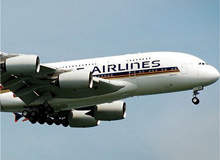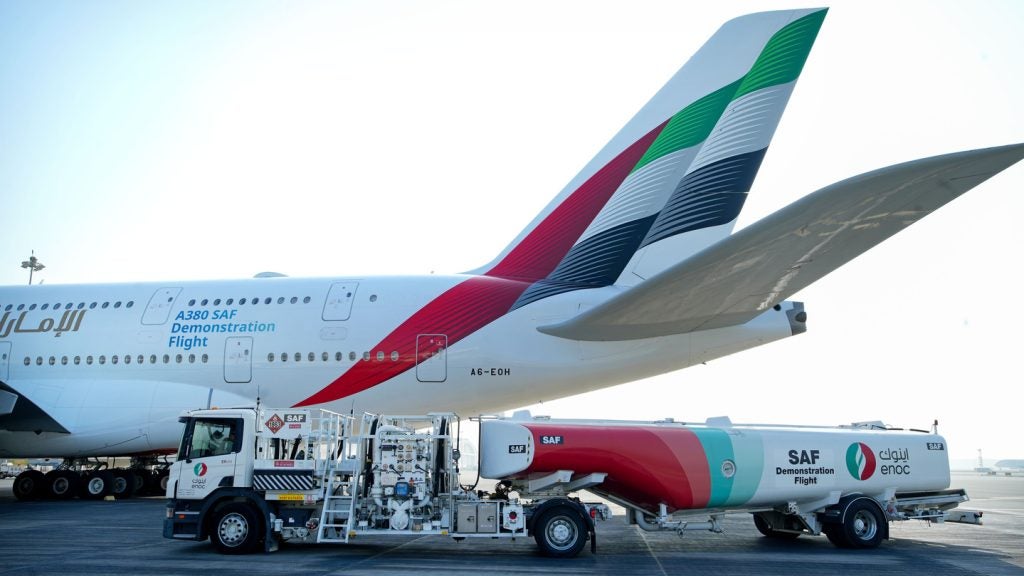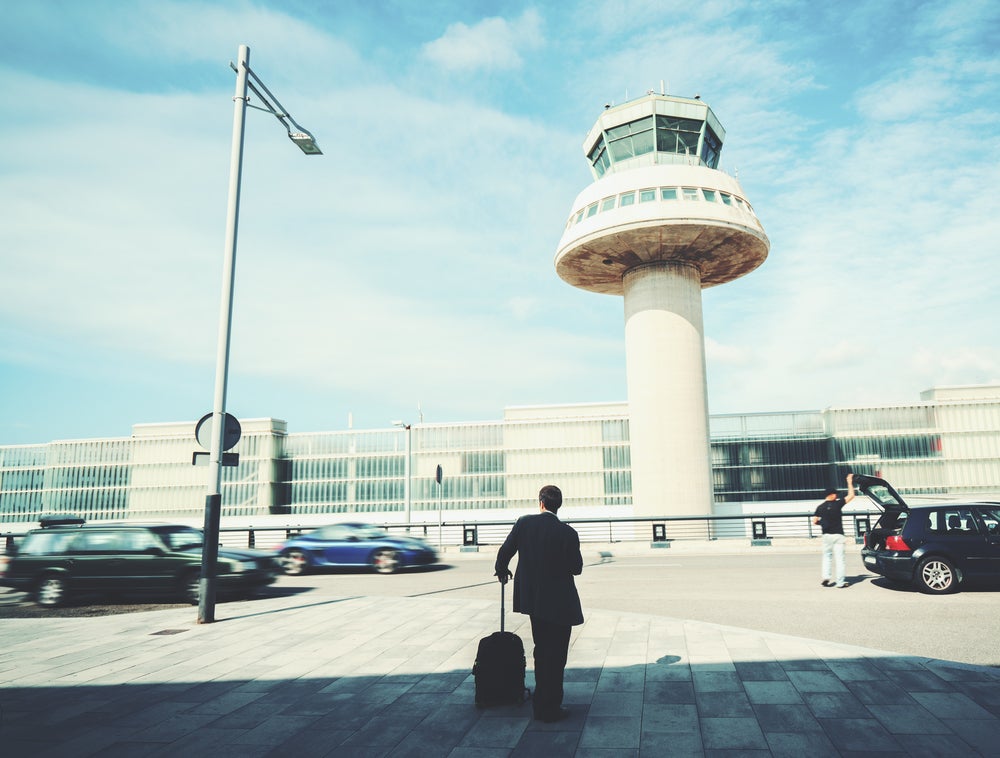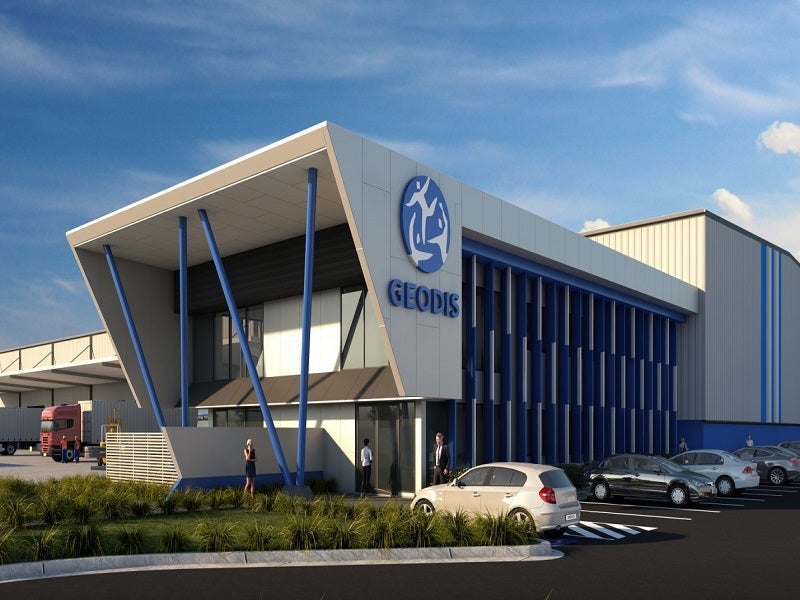
One of the most daunting and sometimes frustrating manoeuvres for an airline captain can be parking the jet at the gate. Most airline ramp areas are more crowded and dangerous than similar operations at military or general aviation airports. This is because of the frenetic nature of the airline industry.
An airliner must be able to fit tightly into its parking space, allowing the maximum number of other airliners to use the terminal. As the captain steers the huge aircraft into the parking spot, they must get it within a foot or two of the centreline and stop with the nose wheel (which can’t be seen) directly over the crossed yellow line on the ramp. If missed by more than a foot or two the gates, fuel lines, ground support equipment and the jetways themselves won’t work properly.
How many times have you waited in the aisle and heard the public address announcement that they were having difficulty positioning the jetway?
SAFETY FIRST
Safety, of course, is the main concern of both flight and ground crews as a large airliner comes in to roost. An airline ramp is a very dangerous place to work especially with the continuous pressure from airline management, teams to do it more efficiently. Dangers from engine intakes, landing gear tires and being smacked or run-down by high-speed ground support equipment are always present no matter how safety minded the airline is.
See Also:
Furthermore, if airliner parking is done wrong, hundreds of people can be delayed and have yet another horror story about their flying experience. If they are flying on the new Airbus A380, for example, up to 525 passengers can have a bad day if there is a ramp parking problem.
How well do you really know your competitors?
Access the most comprehensive Company Profiles on the market, powered by GlobalData. Save hours of research. Gain competitive edge.

Thank you!
Your download email will arrive shortly
Not ready to buy yet? Download a free sample
We are confident about the unique quality of our Company Profiles. However, we want you to make the most beneficial decision for your business, so we offer a free sample that you can download by submitting the below form
By GlobalDataThe Airbus A380 is the most fuel efficient and ecologically sound way to move large groups of people and cargo through the air for distances of up to 8,200nm. It is the first airliner to incorporate noise reduction techniques into its flight management software. For long haul routes with heavy passenger loads there simply isn’t a substitute for the new Airbus.
According to the company, the Airbus A380 was designed to operate on existing runways and taxiways at most of the world’s large airports. At some locations, such as Singapore Changi Airport, the runway shoulders have been expanded by 4.5m on each side to accommodate the big jet. They have also expanded their ramp, added a third passenger bridge to accommodate the upper-deck passengers and enlarged their baggage-handling capabilities.
Other airports are following suit and although only the largest airport hubs with huge feeder capacity will be able to handle this jet, the day of considering the Boeing 747 a ‘big jet’ are drawing to a close.
GIVE IT A WIDE BERTH…
Having once worked as an airline captain, I’d say that size really doesn’t matter when it comes to handling and parking such a large aircraft. If anything, the opposite is true.
When parking smaller airliners like the MD-88, less guidance and help is given to the captain. When parking a whale with over 500 passengers on board there will be all sorts of guidance and help.
For the beginning of its operational life the Airbus A380 will get heightened attention and care when it drives up to the gate. Ground crews still unfamiliar with the airplane’s jet intakes will give them a slightly wider and slightly safer berth when they drive up with ground support equipment.
Someday, somewhere the very first captain to ‘prang’ an Airbus A380 while parking will happen. The law of averages says that it has to occur. A baggage container truck will be sideswiped or a jetway will get hit by a wingtip. That day will be when the Airbus A380 truly joins the ranks of real airliners.







